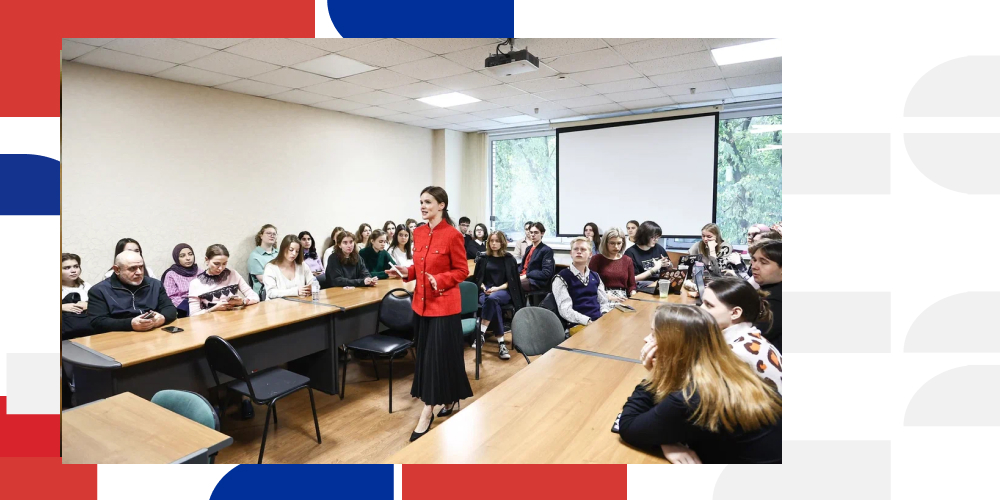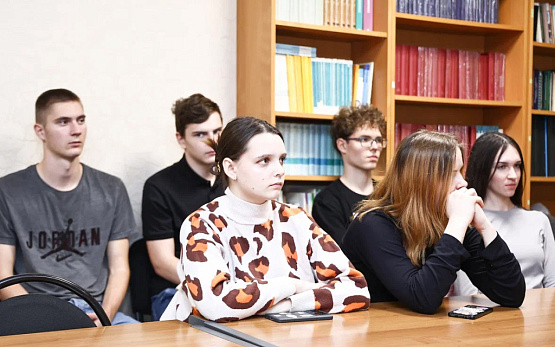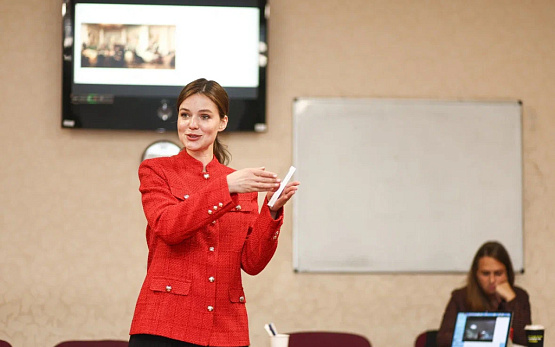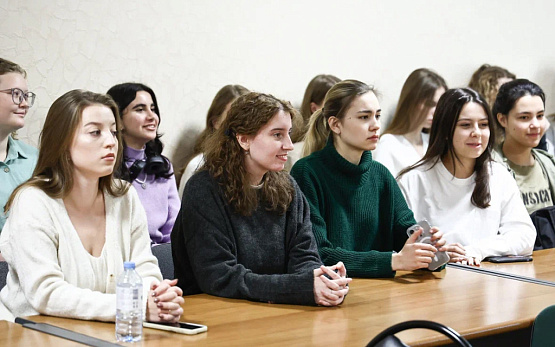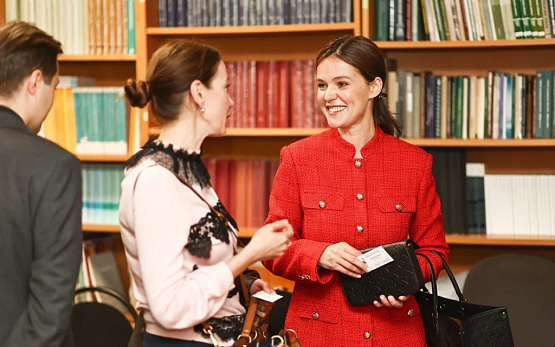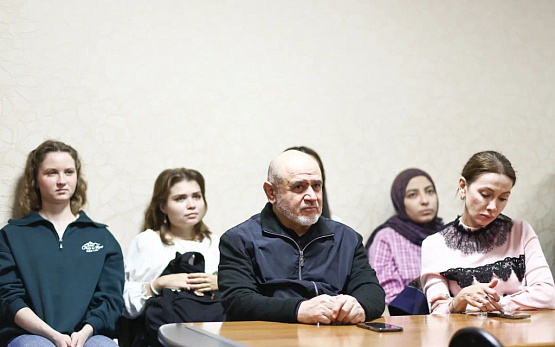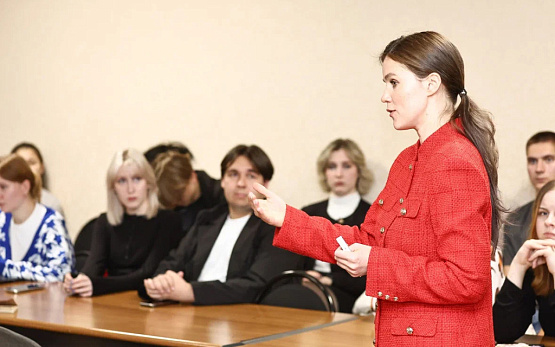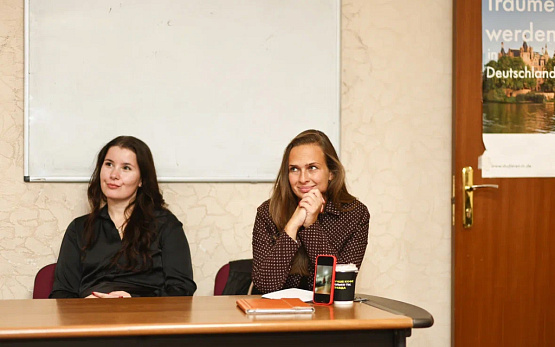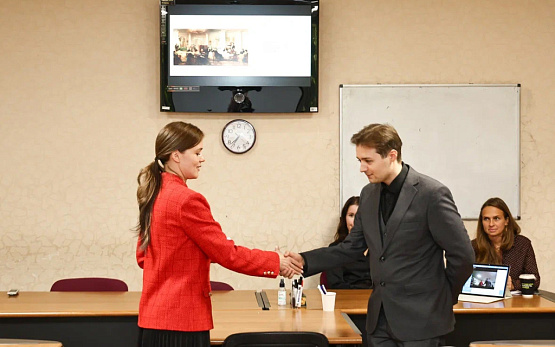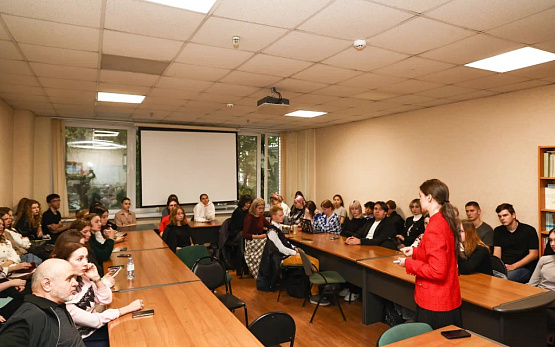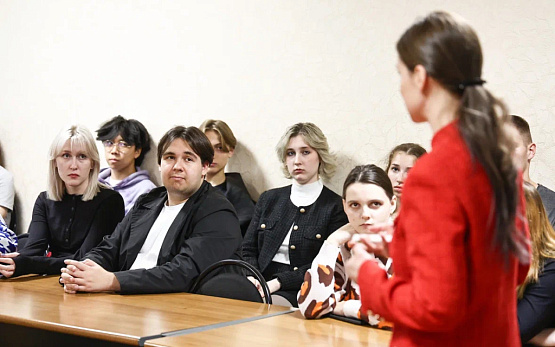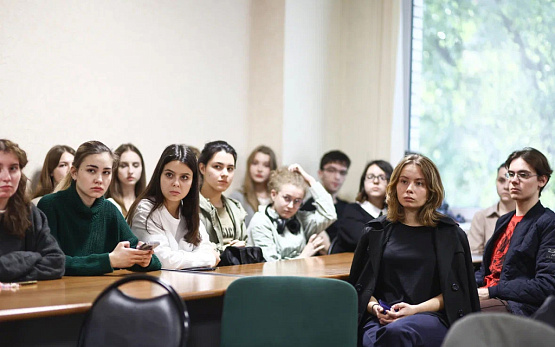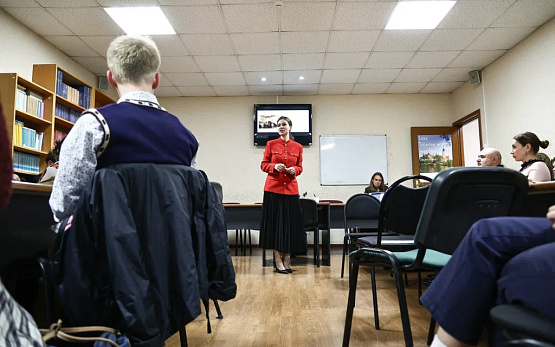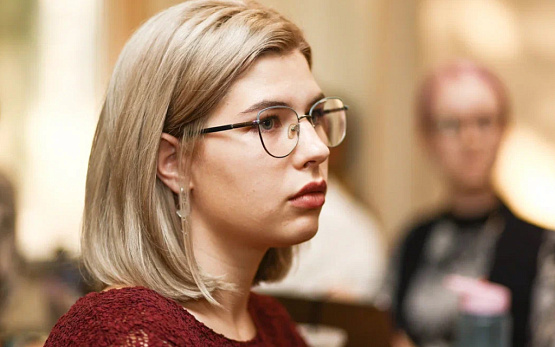On the second of October the lecture ‘Russia - Austria: the role of image and etiquette in international relations’ by Valentina Khlistun was held at MSLU with the support of the Russian-Austrian Public Forum ‘Sochi Dialogue’.
Summary
- Start date: 02.10.2024
- End date: 02.10.2024
- RU: Лекция «Россия — Австрия: роль имиджа и этикета в международных отношениях» в МГЛУ
- DE: Vorlesung „Russland - Österreich: Die Rolle des Images und der Etikette in den internationalen Beziehungen“ an der Staatlichen Linguistischen Universität Moskau
- Status: Completed
On the second of October the lecture ‘Russia - Austria: The Role of Image and Etiquette in International Relations’ was held at MSLU with the support of the Russian-Austrian Public Forum ‘Sochi Dialogue’. The lecture was given by Valentina Khlistun, a specialist in secular business etiquette. The lecture was attended by students and teachers of the German Language Faculty and the Institute of International Relations.
The issue of image and etiquette in international relations is both art and science. During the lecture, the lecturer tried to make the audience understand that international etiquette is not just a set of rules to be followed for the sake of formality. It is a language spoken by the international community, a way of building trusting relations between representatives of different countries, cultures and religions.
One of the key aspects of the lecture was devoted to image. The speaker told the students that image in international relations is a tool that is used to shape and manage communications.
‘Image can be both a strong ally and a weak link if used inappropriately,’ the lecturer noted. According to her, the appearance of a diplomat or a representative of another country is often the first step to establishing trust, and how this step can dramatically affect further interaction.
The key focus was on the comparison of international etiquette - especially European and Russian etiquette, with an emphasis on Austria. Using this country as an example, the lecturer showed how different approaches to protocol can influence communication in international circles.
‘In Austria, a country with a rich history of diplomacy, special attention is paid to details such as consistency of presentation, correct use of titles and subtlety of tone in communication. These small details may seem insignificant at first glance, but they determine how comfortable and effective the dialogue will be.’
One interesting example that provoked lively discussion among the students was the comparison of Austrian and Russian styles of conducting official meetings. The Austrian rigour and adherence to protocol in stark contrast to the more relaxed Russian approach showed how important it is to take cultural differences into account when preparing for international negotiations. These small nuances can be decisive when it comes to the effectiveness of negotiations.
Eastern etiquette was also discussed during the lecture. The lecturer stressed the uniqueness of Muslim etiquette and the importance of understanding how religion and traditions influence the rules of behaviour. In particular, in Muslim countries great importance is given to respecting hierarchy and maintaining distance in communication, which differs from the more open and friendly style adopted in Western countries.
Every culture has its own characteristics, and understanding these differences is the key to success in international relations. The participants also learnt about the difference between Chinese and American etiquette and how diverse the rules of interaction may be. While Chinese etiquette is based on Confucian principles of respecting elders and maintaining harmony in relationships, American etiquette is more oriented towards straightforwardness and businesslike behaviour.
At the end of the lecture, the etiquette expert returned to the topic of image. She encouraged students to think about how their own image can affect their career and how they will be perceived on the international stage. In today's world, where the external and internal are always interconnected, it is important to remember: image is not only how you are seen, but also how you represent your country and culture, and diplomacy is not just a negotiation, it is the art of building trust and creating a positive impression on the world stage.
